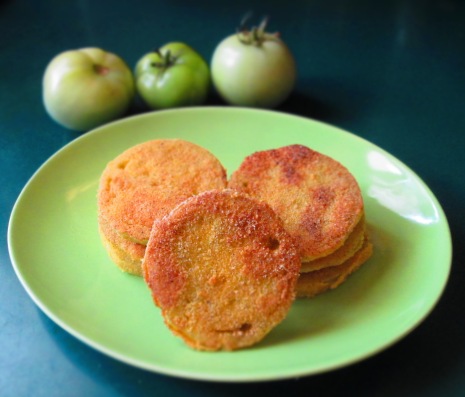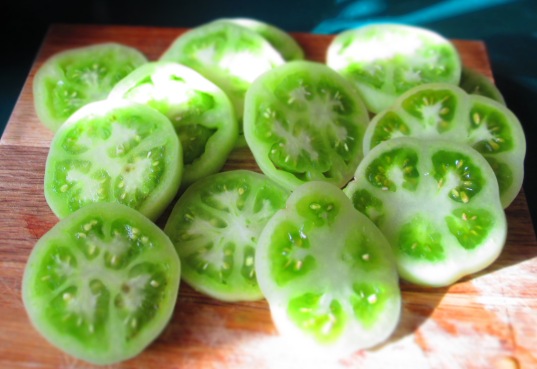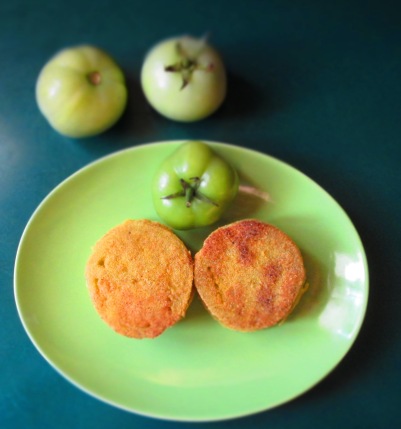
Hello, everyone! As we approach the end of another year, many cultures around the world begin their preparations for carrying out traditions that will ensure good luck, good health, and prosperity in the new year (at the very least, they can’t hurt). Food always—pretty much without exception—plays a part in these rituals.

Soba Noodles
In Japan, for example, it is customary to eat soba noodles during the New Year’s celebration to ensure a long life, symbolized by the long noodles. In Spain, 12 grapes are eaten at midnight on New Year’s Eve—one for each month of the year—and it is hoped that the grapes are sweet, which is considered a harbinger of a sweet year ahead. In Austria and Germany, they eat little marzipan pigs, which are considered good luck. In the Philippines, they make a lot of noise on New Year’s Eve, banging pots and pans, to ward off evil spirits. In Greece, they smash a pomegranate at the front door to spill the seeds, symbolically spreading wealth.
In many countries, legumes are popular for New Year’s because they swell when cooked, symbolizing increased financial prosperity. Lentils are used in Italy and Brazil because they are round like coins. In the United States, black-eyed peas are popular (the musical group and the legume) and Hoppin’ John, which features that particular legume, is a staple New Year’s dish in the South.
Recipes for Hoppin’ John first began appearing in cookbooks in the 1840s, but the origins are a little murky, and possibly a little unfortunate. Black-eyed peas are native to West Africa, and it’s believed that they were brought over by slave traders as part of their cargo. Naturally, the crops were planted in the South, and became an important commodity. Some believe that eating black-eyed peas for New Year’s is actually a carryover of a 1500-year-old tradition of consuming them by Sephardic Jews on Rosh Hashanah, the Jewish New Year.
The beans themselves represent coins, and there’s one version of this tradition that calls for hiding an actual coin in the Hoppin’ John—bringing the finder good luck—as well as filling a bowl with beans and coins and leaving it on the table for some benevolent spirit in exchange for granting good fortune.
But why is it called Hoppin’ John? There are several stories. One says that there was an old man who hobbled around and sold peas on the streets of Charleston, and the dish was named after him. Another says that children would hop around the dinner table, eagerly anticipating the serving of this dish. A more likely story is that it comes from a French term, pois pigeons, meaning pigeon peas, which are a big part of Caribbean culture.
Hoppin’ John is traditionally made with pork and served with rice. In many countries, pork, for some reason, is considered lucky to eat on New Year’s (marzipan is not the only kind of pig that Austrians and Germans eat for New Year’s). Rice flourished in the hot, steamy South (it was dubbed at one point Carolina Gold). Bring all three of these elements together, you’ve got one lucky dish. Also, Hoppin’ John is often served together with collard greens, because it represents money. Cornbread, too, is considered lucky because of its “golden” color (you get the idea).
I’ve made different versions of Hoppin’ John, with and without greens, with and without meat, with rice and with other grains… This is probably the simplest version I’ve cooked. The nice thing about it is that you can make it ahead of time and freeze it, then defrost it in time for New Year’s Day. By the way, unlike other dried beans, black-eyed peas do not need to be pre-soaked. You can, if you want to cut down cooking time, do a quick-soak method by bringing the peas to a boil in a pot of water, letting them boil for 2 minutes, then letting them sit in the water for an hour off heat. But, frankly, if you’re going to do all of that, you’re not really saving any time, unless you want to do this the day before. In my opinion, not worth it. Just let the Hoppin’ John cook for an hour, and it’s a done deal.
Whatever traditions you have for New Year’s—or whether you have any at all—I’m wishing you all a healthy, happy, prosperous New Year. I wish for peace and tranquility, honor and compassion, and above all, respect for all living beings.
Hoppin’ John
Makes 6 servings.
1 tablespoon olive oil
1 medium red onion, chopped
1 tablespoon kosher salt
4 garlic cloves, minced
1 tablespoon tomato paste
6 cups vegetable broth
1 small green bell pepper, chopped
1 cup coarsely chopped carrot
2 large celery ribs, chopped
1 cup chopped tomatoes, liquid reserved
3 cups dried black-eyed peas
1 or 2 dried bay leaves
Freshly ground black pepper
¼ cup minced fresh parsley
2 teaspoons fresh minced thyme or rosemary (or both), optional
Heat the oil in a Dutch oven or large saucepan. Add the onion and ¼ teaspoon of the salt, and sauté over medium-high heat until soft and translucent. Add the garlic and sauté until fragrant, 1 to 2 minutes. Drop in the tomato paste and stir it in until it’s well blended, then let it cook for a minute or two, until the bottom of the pot starts to brown.
Add the garlic and sauté until fragrant, 1 to 2 minutes. Drop in the tomato paste and stir it in until it’s well blended, then let it cook for a minute or two, until the bottom of the pot starts to brown. Pour in a little bit of the broth to deglaze the pot and scrape up the brown bits with a wooden spoon. Let this cook until the liquid has evaporated.
Pour in a little bit of the broth to deglaze the pot and scrape up the brown bits with a wooden spoon. Let this cook until the liquid has evaporated. Add the bell pepper, carrot, celery, and ½ teaspoon of the salt and sauté until all the vegetables have softened but are still firm.
Add the bell pepper, carrot, celery, and ½ teaspoon of the salt and sauté until all the vegetables have softened but are still firm. Pour the liquid from the tomatoes into a measuring cup and add enough water to make 1 cup. Add this to the pot. Pour in the broth, and add the beans, bay leaves, remaining salt, and black pepper. Mix well.
Pour the liquid from the tomatoes into a measuring cup and add enough water to make 1 cup. Add this to the pot. Pour in the broth, and add the beans, bay leaves, remaining salt, and black pepper. Mix well. Bring this to a boil; lower the heat to medium-low and simmer, partially covered, about 1 hour, or until the beans are tender but not mushy. If the pot dries out before the beans are cooked, add more water or broth and stir it in. Stir in the parsley and other herbs and taste for seasoning. Add more salt and/or pepper, if you like.
Bring this to a boil; lower the heat to medium-low and simmer, partially covered, about 1 hour, or until the beans are tender but not mushy. If the pot dries out before the beans are cooked, add more water or broth and stir it in. Stir in the parsley and other herbs and taste for seasoning. Add more salt and/or pepper, if you like.
Remove the bay leaves and serve with rice or cornbread, or on its own.



































